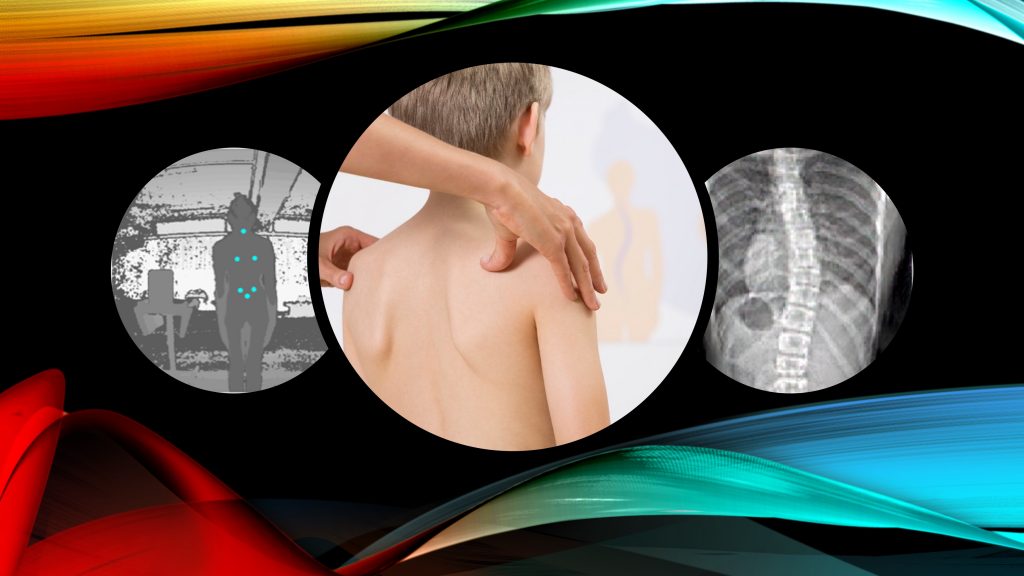FOODator
FOODator is the world’s very first interactive culinary app. With FOODator, you will browse through the restaurants in the area with confidence and peace of mind. Find your perfect match in three simple steps! Swipe left to cycle through nearby restaurants, swipe right on your restaurant match to be presented with its relevant information. Chat with restaurant representatives to gain more information or to make reservations. Yes, it’s that simple. With FOODator, you’re guaranteed to find your perfect match! And the best part is, you’ll never second guess your decision ever again.
FOODator – new tastes, every day.










